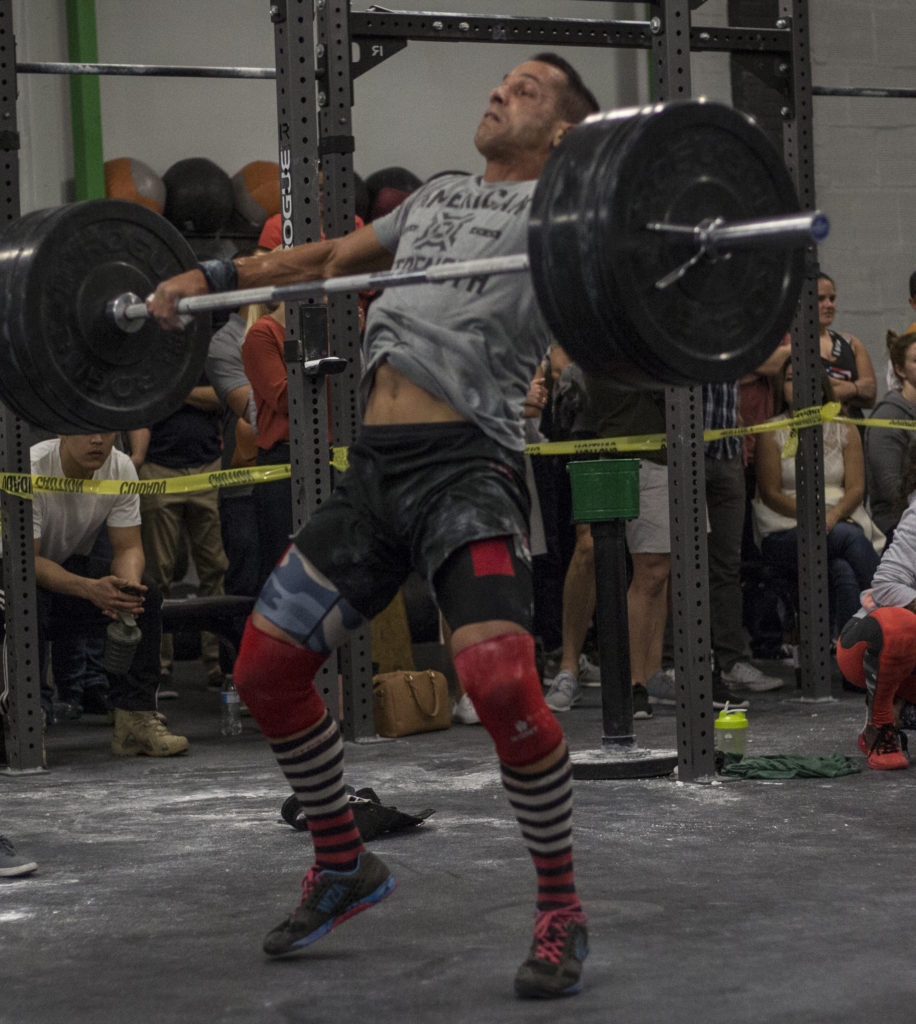
The Hips Don’t Lie
Written by Melissa Hurley
It’s a simple supply-demand relationship.
The core muscles have been the focus of stability training – and with good reason – due to how “the core” provides a working surface for our extremities to push off of. Our core is crucial for any kind of movement.
We generate, absorb, and transfer forces to and from our extremities, which means we need to focus on stabilizing the connection between extremity and core. Enter the hip. We all know that “the hips don’t lie”. Hip instability is the common thread of so many problems – from back pain to shin splints – and sub-par hip performance. Your hips might be limiting you.
Let’s talk about how we make our hips work for us instead of against us.
Mobility First
Start with mobility – lack of range of motion causes changes in movement patterns that limit quality of performance and ultimately create injury risk. A tight muscle is a weak muscle. You’ve got to spend time releasing all the muscles involved in your hip. There’s a lot going on! Also an overstretched or long muscle is a weak muscle, hence our next step.
Strength Second
Take your newly mobile hip muscles and focus on isolation strengthening. In no means is this going to be a quick, fun fix, but with some work you’ll have all your hip movers and stabilizers firing. Perform very focused (mind to body connection) isolated hip abductor and external rotator exercises.
Functional Movement Third
Progressing forward, put your hip into action with some functional movements. Add your bodyweight and/or resistance bands to movements, such as, single leg Romanian Deadlifts, lateral box step-ups, the hip-drop, Monster band walks, etc.
Seal it With Skill Work
Finally, put your hip to the test with some dynamic movement. This phase can be a challenge but it is important to create new stable movement patterns in simple exercises so you can be safe and effective in unpredictable movements, such as skill transfer.
Hopefully you have a newfound appreciation for the hip and the importance of giving energy to stabilizing the connection between extremity and core. Improving your hip stability will decrease injury, help you stay balanced and increase your performance. Give it a shot.
Where Are You in this Process?
How easily can you self-diagnose where you are in this process? Are your hips mobile enough to focus on strengthening them? Are they strong enough to move into functional movements? Have you practiced the functional movements enough to start into dynamic movement? Our Master Coach, Melissa Hurley wants to help coach you with some personalized coaching, done right here in San Diego. Visit Great Gains for more information.
Reference:
Khayambashi, K., Mohammadkhani, Z., Ghaznavi, K,. Lyle, MA., Powers, CM., (2012) The effects of isolated hip abductor and external rotator muscle strengthening on pain, health status,, and hip strength in females with patellofemoral pain: a randomized control trial. Journal of Orthopedics Sports Physical Therapy Jan; 42(1)22-29.
Ford, KR., Nguyen, AD., Dischiavi, SL., Hegedus, EJ., Zuk, EF., Taylor, JB. (2015) An evidence-based review of hip-focused neuromuscular exercise interventions to address dynamic lower extremity valgus. Journal of Sports Medicine. Vol 6 291-303
Also Check Out…
The Great Kettlebell Swing Debate